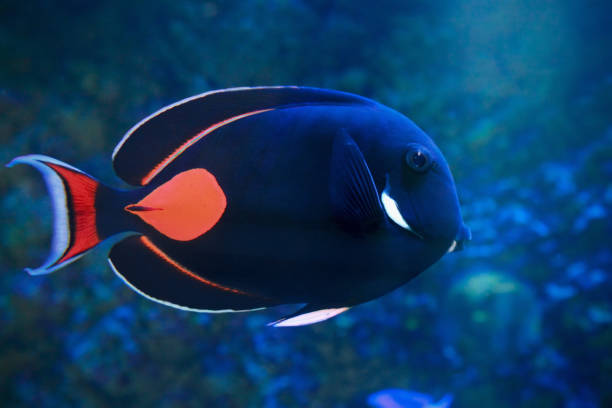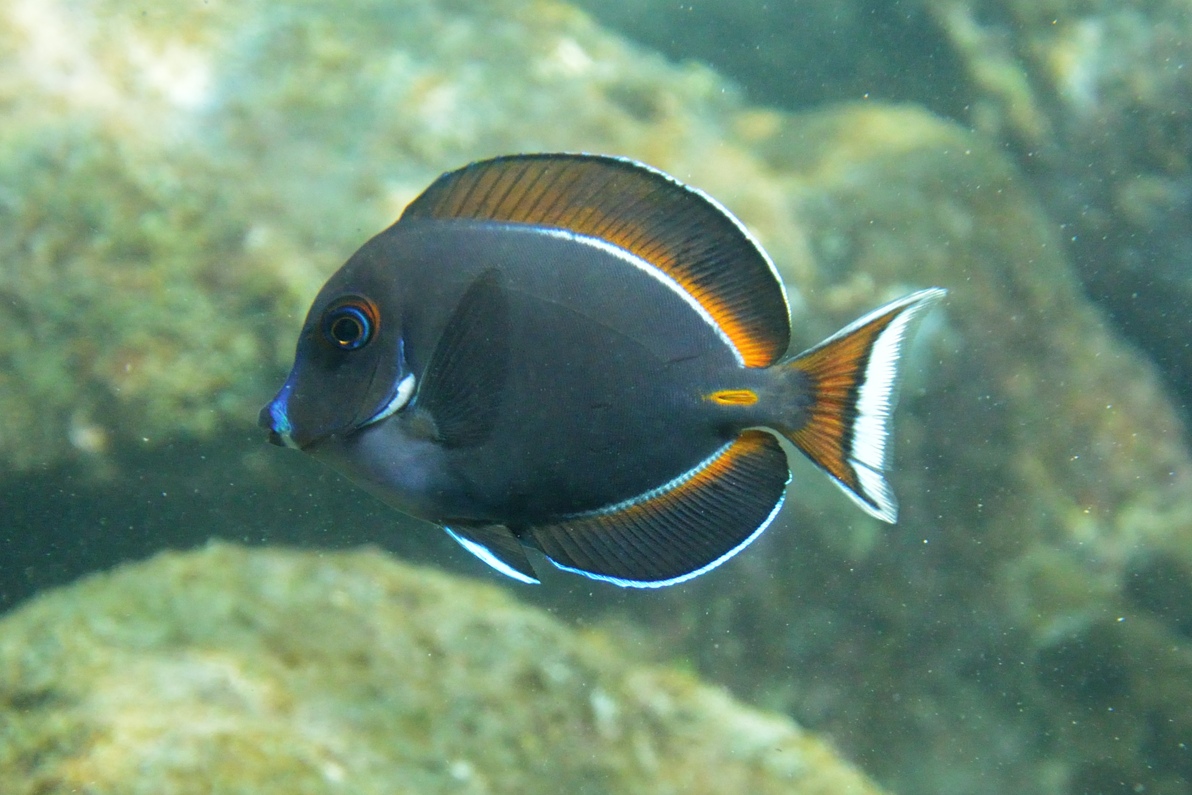Achilles Tang – Nature’s Living Masterpiece
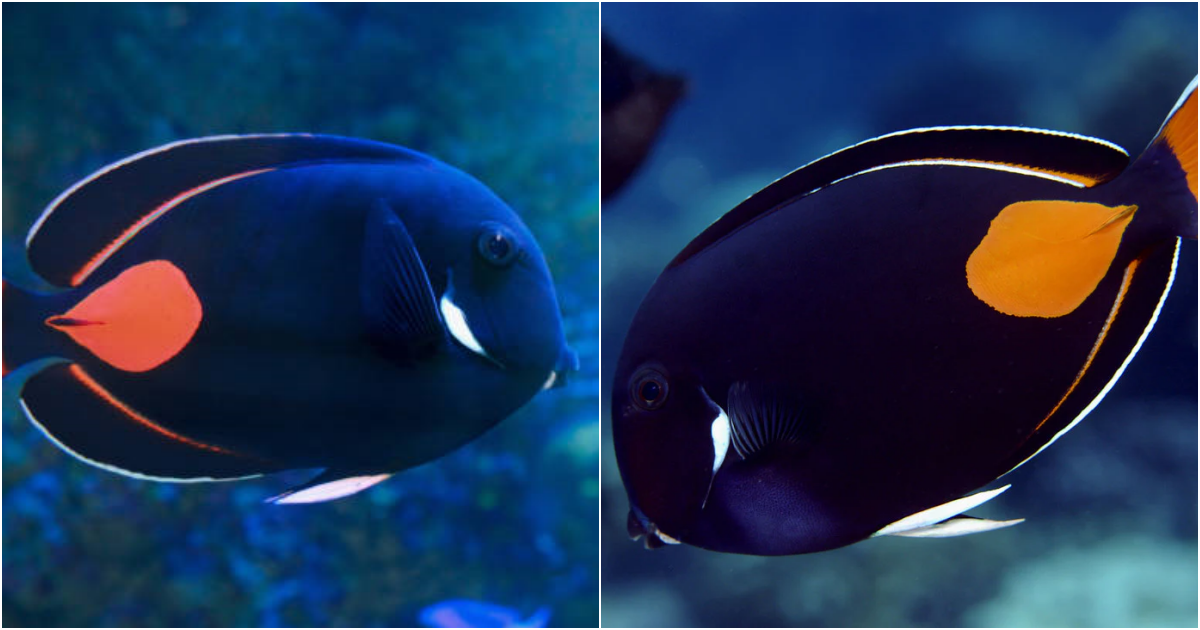
Achilles Tang, scientifically known as Acanthurus achilles, is a remarkable species of surgeonfish in the Acanthuridae family. With its distinctive colors and unique shape, the Achilles Tang captures the attention of both marine enthusiasts and fish keepers. In this article, we will delve into the fascinating world of this extraordinary fish.
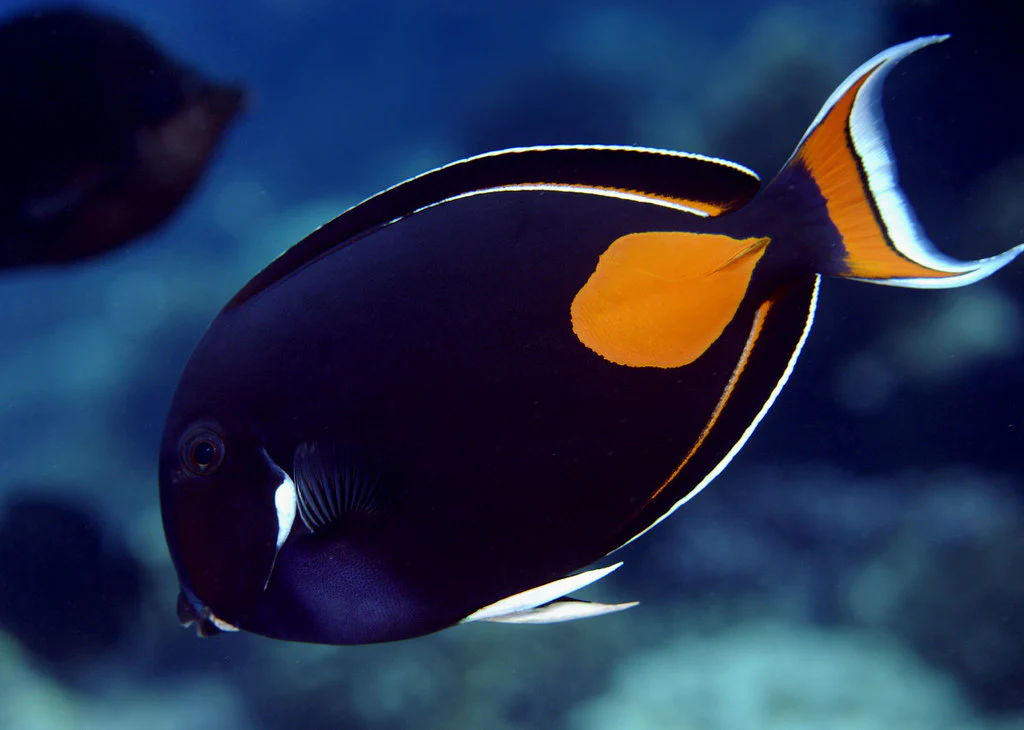
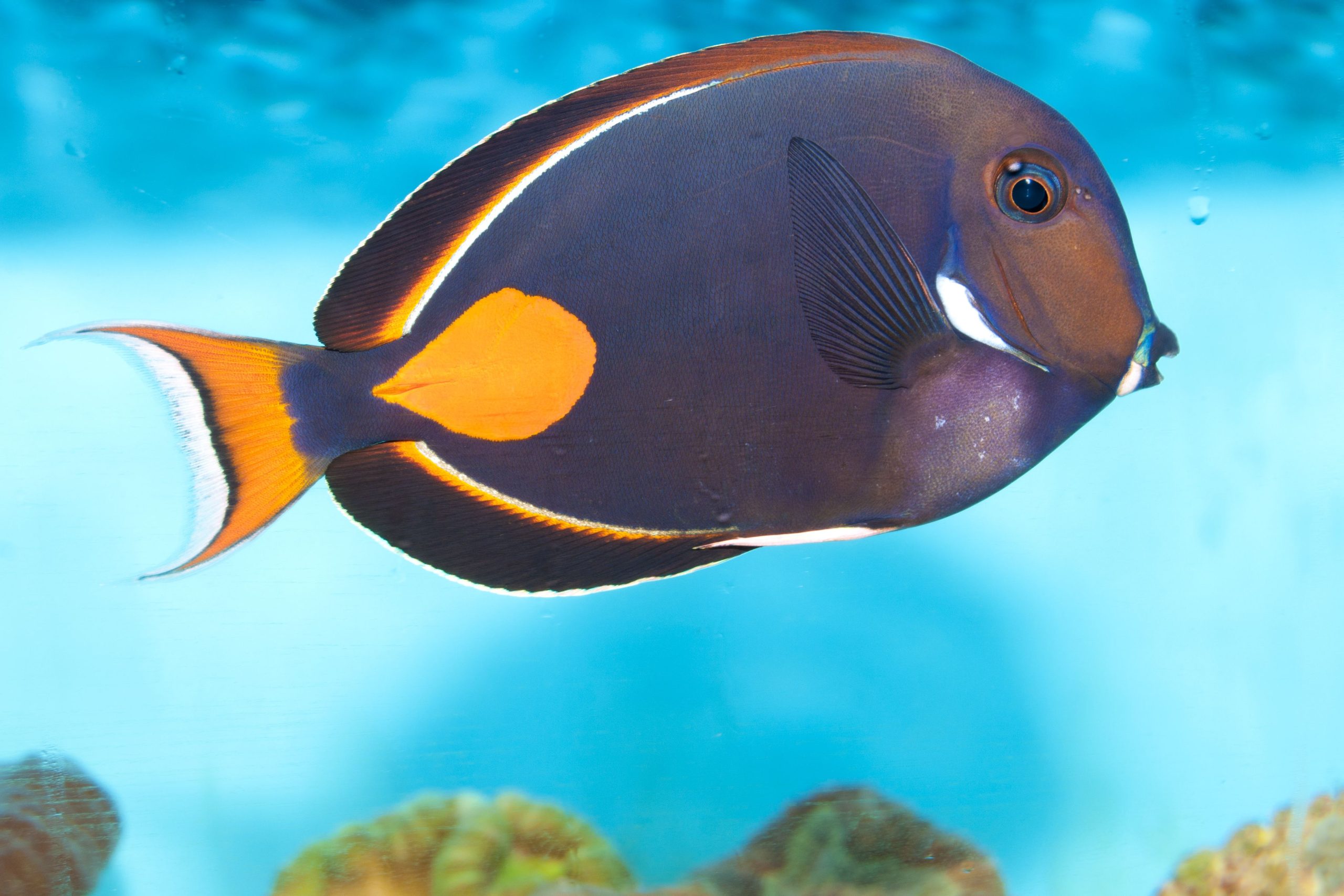 Achilles Tangs are native to the waters of the Indo-Pacific region, specifically around the coral reefs of the Indian Ocean and the western Pacific Ocean. They are typically found in areas with abundant coral growth, as they rely on it for both shelter and food. These fish inhabit depths ranging from 6 to 100 feet, thriving in the warm tropical waters where they can showcase their dazzling appearance.
Achilles Tangs are native to the waters of the Indo-Pacific region, specifically around the coral reefs of the Indian Ocean and the western Pacific Ocean. They are typically found in areas with abundant coral growth, as they rely on it for both shelter and food. These fish inhabit depths ranging from 6 to 100 feet, thriving in the warm tropical waters where they can showcase their dazzling appearance. 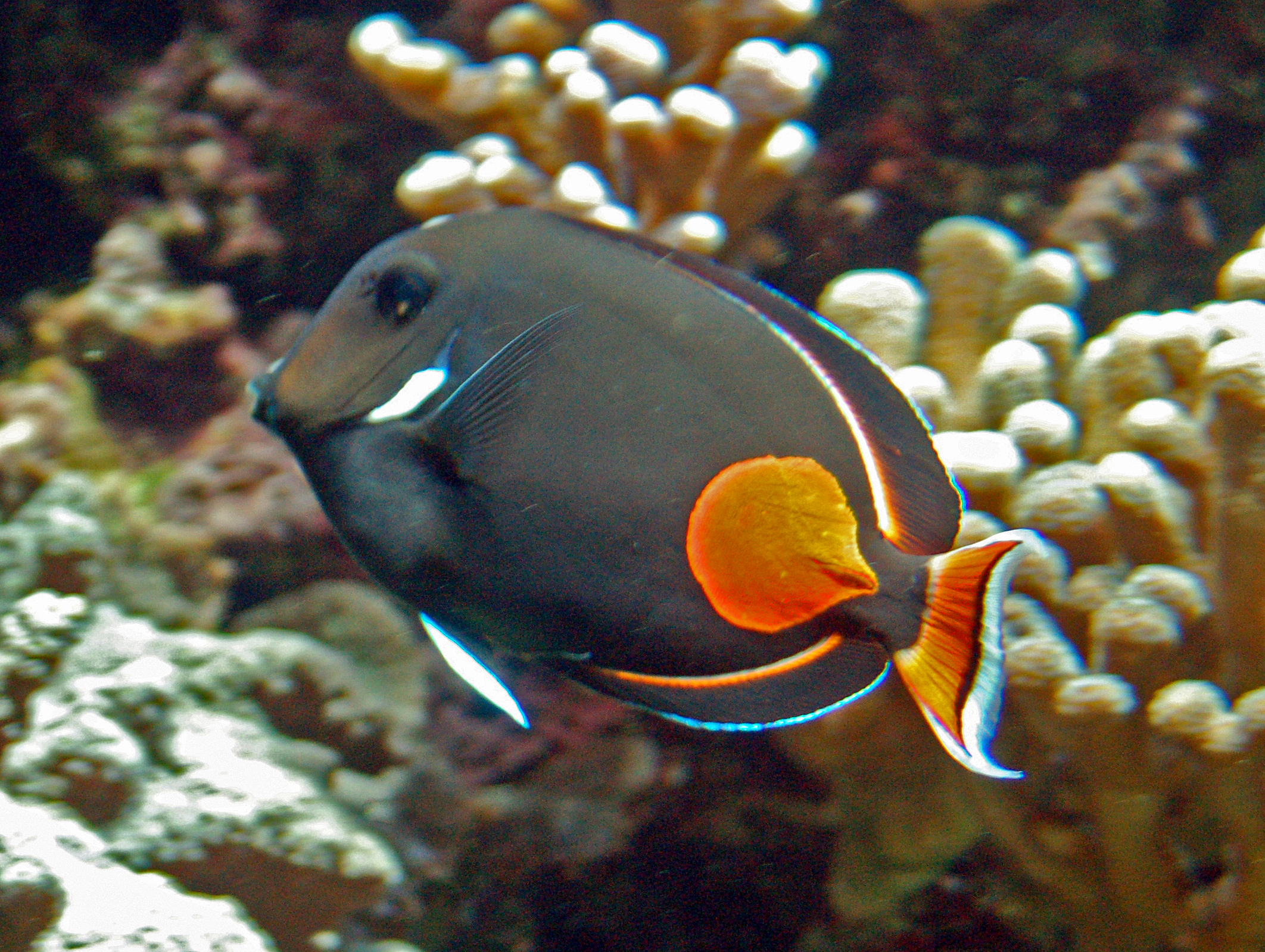 Achilles Tangs are predominantly herbivorous, feeding on a diet consisting mainly of algae and various types of seaweed. Their unique mouth structure, equipped with sharp teeth, allows them to graze on coral reefs and substrate surfaces with precision. These fish are known to be highly active swimmers, constantly exploring their surroundings and interacting with other species in their habitat.
Achilles Tangs are predominantly herbivorous, feeding on a diet consisting mainly of algae and various types of seaweed. Their unique mouth structure, equipped with sharp teeth, allows them to graze on coral reefs and substrate surfaces with precision. These fish are known to be highly active swimmers, constantly exploring their surroundings and interacting with other species in their habitat. 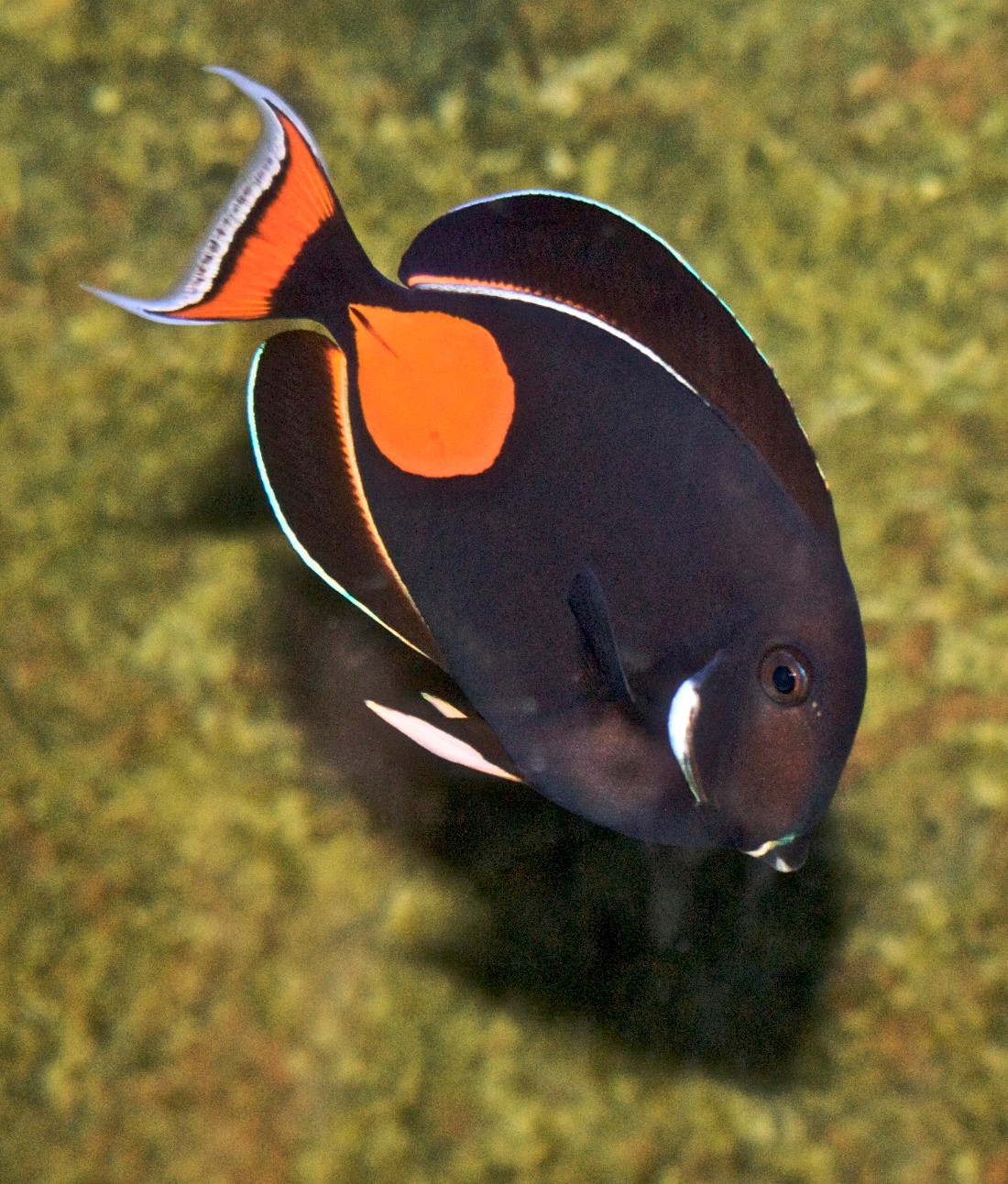 Due to their striking appearance, Achilles Tangs are highly sought after by aquarium enthusiasts. However, they require specific care to thrive in a captive environment. A spacious tank with ample swimming space and rock formations resembling their natural habitat is essential. It is crucial to provide them with a varied diet, including high-quality marine algae and other suitable food sources. Regular water changes and appropriate filtration are necessary to maintain water quality.
Due to their striking appearance, Achilles Tangs are highly sought after by aquarium enthusiasts. However, they require specific care to thrive in a captive environment. A spacious tank with ample swimming space and rock formations resembling their natural habitat is essential. It is crucial to provide them with a varied diet, including high-quality marine algae and other suitable food sources. Regular water changes and appropriate filtration are necessary to maintain water quality. 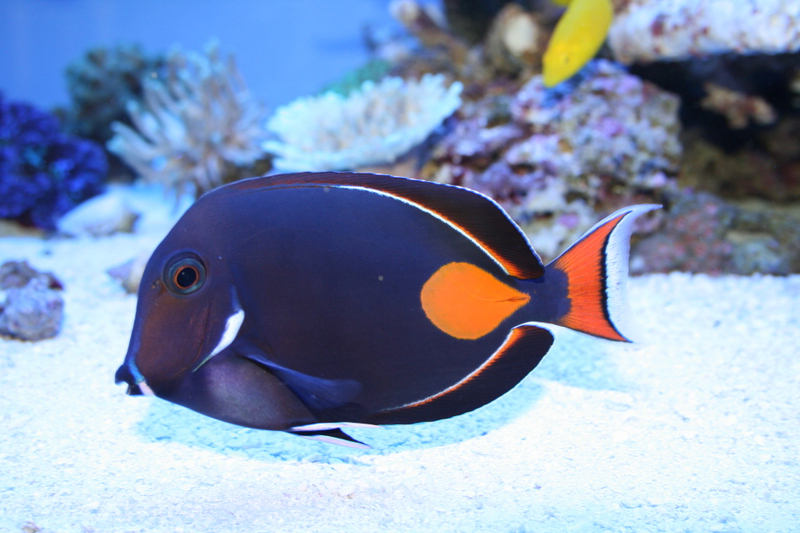 The Achilles Tang faces various threats in its natural habitat, including habitat degradation, overfishing, and pollution. However, their population remains stable, and they are not currently listed as endangered. Nevertheless, it is crucial to support sustainable practices in the aquarium trade and promote the preservation of their natural habitats to ensure the long-term survival of this exquisite species.
The Achilles Tang faces various threats in its natural habitat, including habitat degradation, overfishing, and pollution. However, their population remains stable, and they are not currently listed as endangered. Nevertheless, it is crucial to support sustainable practices in the aquarium trade and promote the preservation of their natural habitats to ensure the long-term survival of this exquisite species. 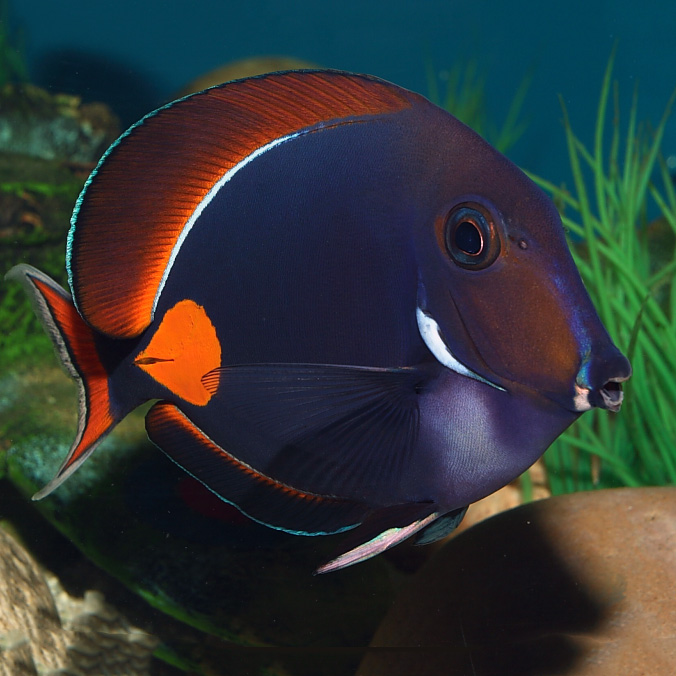 The Achilles Tang, with its vibrant colors and unique morphology, is truly a jewel of the ocean. Its allure captivates marine enthusiasts and fish keepers alike, making it a prized addition to aquariums around the world. By understanding and appreciating this magnificent species, we can contribute to its conservation and safeguard the beauty it brings to our underwater ecosystems.
The Achilles Tang, with its vibrant colors and unique morphology, is truly a jewel of the ocean. Its allure captivates marine enthusiasts and fish keepers alike, making it a prized addition to aquariums around the world. By understanding and appreciating this magnificent species, we can contribute to its conservation and safeguard the beauty it brings to our underwater ecosystems.
